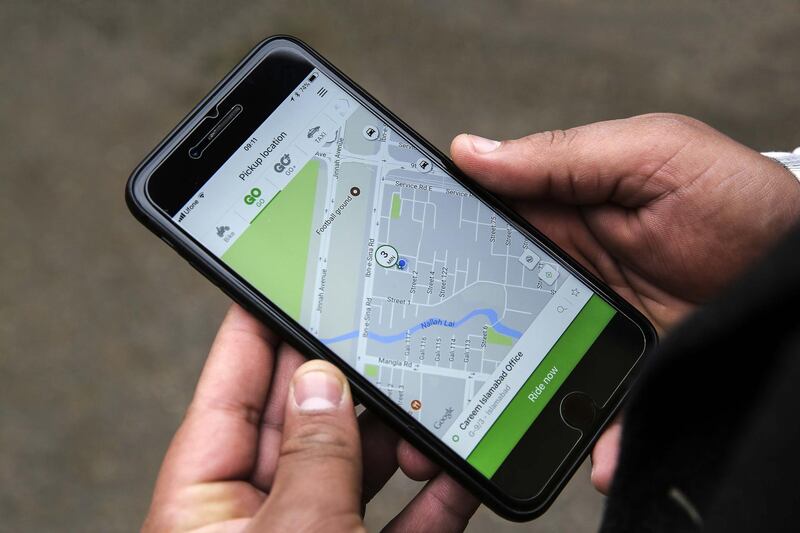Every year brings new thinking. As designers we are constantly evolving ways to better our understanding of the world. According to an article in Fast Company, last year brought distressing news about how everyone is "overworked and unhappy" and that "digital platforms have sucked the last of our attention and sanity".

This raises questions, such as how can designers and the talent we are nurturing in the UAE create fulfilling experiences? How can designers lead the change? At the most basic level, a designer's job is to humanise technology. Design makes the digital world user-friendly. Creatives are adept at empathising, and are able to get to the core of how users engage with tech, tapping into the user's purpose and goals, which are always beyond what the technology is able to do on its own. The goal is not the tech itself but taking that tool to a new level of efficiency.
The Fourth Industrial Revolution
With the rise of the Fourth Industrial Revolution, with mass-customisation and ubiquitous computing, people expect more fulfilling experiences. In order to do that, you need three things. First, you need to have a viable product and then you need to make this product feasible and well-engineered. Finally, you need to ask: what makes it deeply satisfying for the user, and how is it touching his or her needs?
Feasibility and viability are not about the user. It's about making money and making it work. But to make it fulfilling, you need design, which is key to differentiation in a crowded market. How the user feels about your product ultimately determines its success.
Examples of good design in technology
The best designed apps are the ones that anticipate the user's needs. For example, if you look at Careem's app, it works primarily because it asks the right questions: where are you? Where do you want to go? Its success is not so much due to the business plan or functionality alone. It's about catering to my immediate need: moving efficiently from A to B. At no point does the user think about the complex calculations and GPS signalling happening in the back-end. All I care to know is where my driver is, what they are driving, their name, contact details and reputation, and how long they need. It's fundamentally about establishing trust, which is purely an emotional connection. It's like choosing your smartphone or car. Design is the front-end – the interaction between the human and the machine. The more desirable that experience, the better the product.
Another example: many washing machines have functions and symbols that you may not understand or think you need. You probably use only one setting. So these features might appeal to salespeople and technicians, but are useless to most users. The on-off button on a Nespresso machine, on the other hand, is an example of a feature that has a good understanding of a user's need – a quick cup of coffee, without the hassle of making an espresso. I press the button at home and don't have to worry about my coffee. I wouldn't know the types of beans, how to roast and grind them, at what temperature, and with what tools and proportions, and for how much time, etc. And I don't need to. Imagine if our phones worked that way, which is what the iPod (by Tony Fadell at Apple) did to the MP3 player. All I need is a play button, rewind, skip. Basta.
Strategic thinking
Using such approaches to problem-solving, the focus for students of design is thinking and entrepreneurship. From an early start, we want to link design with strategy, and design with technology. As these strategies and technologies evolve, design becomes integrated rather than an afterthought. This is especially urgent at a time when market demand is outpacing what universities are able to teach in terms of integrating design skills with strategic knowledge.
The goal should be to bridge that gap so that our graduates are drivers of change, equipped with the tools and know-how that is advanced and relevant to our age.






